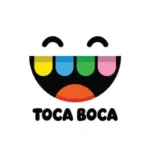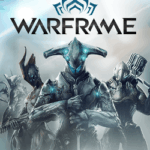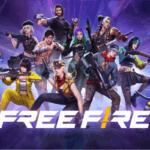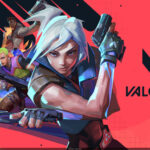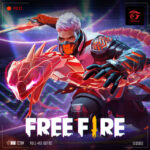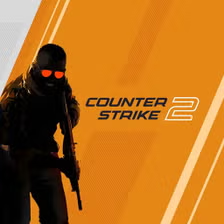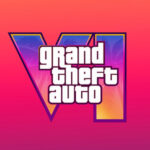Popular Now
Brawl Stars, developed by Supercell, is a high-paced, real-time multiplayer game that blends MOBA elements with fast, casual gameplay. Since its release, the game has undergone massive transformations, introducing dozens of brawlers, game modes, skins, and a vibrant esports scene. But one persistent issue continues to plague both casual and competitive players alike—matchmaking imbalance.
This problem has become one of the most-discussed issues in the Brawl Stars community, affecting the fairness and overall quality of matches. Whether you're a new player or a veteran grinding your way to Rank 35, chances are you've encountered a match where the skill levels were wildly unequal. This article explores the depth of the matchmaking problem, its causes, real player experiences, and potential solutions that could lead Brawl Stars back to a more balanced and rewarding competitive environment.
Understanding How Matchmaking Works in Brawl Stars
To understand the roots of the issue, we must first explore how Brawl Stars' matchmaking is designed. Matchmaking is primarily based on a system of brawler-specific trophy counts. Each player has a trophy level for each individual brawler, and these are used to determine match fairness.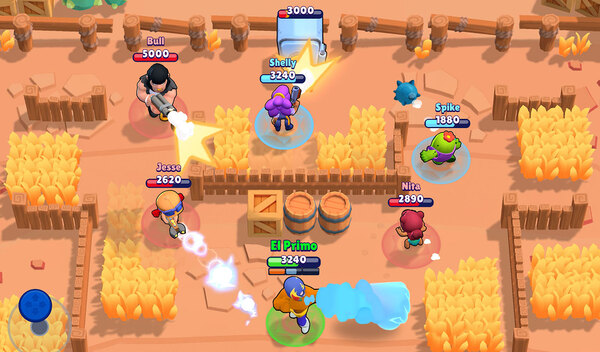
For example, if a player has a brawler with 650 trophies, the matchmaking system will try to match them with players who also have brawlers at or near the 650 range. However, this system does not account for several other key aspects like the player's overall skill level, team coordination, recent performance, or whether they are playing solo or in a team. This leads to inconsistencies in match difficulty and quality.
The lack of an Elo-style system or more nuanced ranking mechanism makes the matchmaking experience volatile. A player who is highly skilled may be stuck with inexperienced teammates, while a lower-skilled player could end up facing top-tier opponents simply because their brawler has reached a specific trophy threshold.
The Core Issue: Trophy-Based vs Skill-Based Matchmaking
The reliance on trophies alone as the metric for matchmaking leads to numerous unintended consequences. Trophies are not an accurate reflection of a player’s current skill. They represent past success, and players often use brawlers they are less familiar with to push trophies, resulting in uneven match experiences.
Additionally, matchmaking speed is prioritized over quality. In an attempt to reduce waiting times, especially in low-population game modes or during off-peak hours, the system lowers its standards. This often results in games with significant skill mismatches.
For example, if you’re pushing a brawler past 750 trophies, you may end up with random teammates in 3v3 modes who are either way below your level or have little understanding of the game mode. Conversely, you might be a new player thrust into high-level competition because you had a good streak early on.
Imbalance in Solo vs Team Play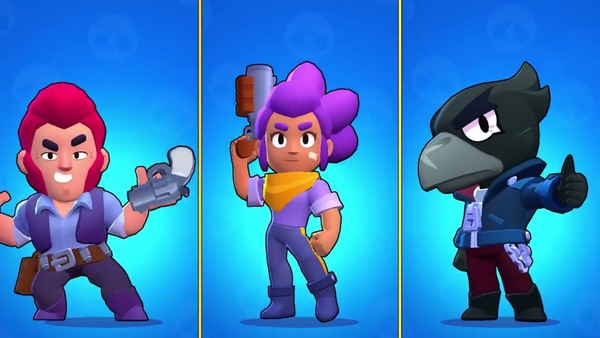
The disparity becomes more visible when comparing solo players to pre-made teams. Brawl Stars is a team-based game at its core, and many of its game modes rely on team synergy and communication. However, the current matchmaking system does not always differentiate between players who queue up solo and those who queue as a pre-made team.
Solo players are often placed against full teams with voice communication and pre-established strategies. This creates an unfair disadvantage, as solo players are less coordinated and may have conflicting playstyles.
Moreover, solo players can suffer from poor teammate AI or players who go AFK. There's no system in place to detect or penalize such behavior quickly during the match, and the affected player loses trophies and progression unfairly.
High-Trophy Pushing and the Plateau Problem
Once a player reaches the 700 to 800 trophy range for a brawler, the matchmaking begins to slow down. The system struggles to find suitable matches, which results in players being matched with anyone available, regardless of skill level. This phenomenon is known as the "plateau" effect.
At these higher levels, pushing becomes extremely frustrating. Players often encounter poorly matched teammates who are not familiar with team strategies, map objectives, or optimal brawler picks. One bad teammate can cost you an entire game, leading to rapid trophy loss and a cycle of frustration.
Furthermore, high trophy players often face opponents who are part of elite clubs or competitive teams. Without a proper ranking or tier-based system, matchmaking doesn’t differentiate between competitive and casual players, creating an unbalanced battlefield.
The Consequences for Competitive Play
Matchmaking imbalance significantly affects the competitive integrity of Brawl Stars. For a game aspiring to maintain a robust esports scene, balanced and fair matchmaking is essential. Competitive players rely on a consistent environment where skill is rewarded and strategy is key.
However, the current system introduces randomness that undermines those principles. Skilled players may be unable to climb simply due to bad teammate RNG. Teams might lose due to unbalanced compositions or maps that favor certain brawlers disproportionately.
This leads to a lack of motivation for top-tier players to grind outside of tournament formats, since matchmaking doesn’t reflect actual skill in the ladder system. It also hinders the identification of new talent, as rising stars get buried in chaotic matchmaking environments.
Community Reactions and Frustrations
The Brawl Stars community has not remained silent about matchmaking issues. Forums, Reddit threads, YouTube videos, and Discord groups are filled with complaints about unfair matches, win streak manipulation, and demoralizing losses due to teammate quality.
One common thread among complaints is that losing due to matchmaking feels worse than losing due to personal mistakes. When players feel they don’t have control over the outcome, the experience becomes frustrating and discouraging.
Supercell has occasionally acknowledged these concerns but has yet to implement a major overhaul of the matchmaking system. Minor adjustments have been made, such as improving team balance or making slight tweaks to matchmaking logic during events, but the core system remains largely unchanged.
Potential Solutions and What Supercell Can Do
Several solutions have been proposed by the community and game designers to address matchmaking imbalance:
-
Implement a true MMR system that tracks win/loss ratio, damage dealt, objectives captured, and other performance indicators.
-
Differentiate between solo and team queues in ranked game modes.
-
Introduce penalties for AFK behavior and reward team-based coordination.
-
Improve role-based matchmaking to ensure balanced team compositions.
-
Add dynamic difficulty scaling that adjusts matchmaking based on recent performance, not just trophies.
A combination of these improvements could greatly enhance the fairness and quality of matches. The challenge lies in keeping matchmaking fast while also making it smarter. Supercell has the resources and data to make these changes, but it will require prioritizing competitive integrity over casual speed.
The Role of Events and Game Modes
Special events and seasonal challenges exacerbate the matchmaking issue. During limited-time modes like Robo Rumble, Power League, or Championship Challenges, matchmaking often feels even more broken. Players get matched with randoms who haven’t played the mode before, or with others who treat it casually while some take it seriously.
These mismatches can cost players valuable rewards, progression, and enjoyment. A dedicated ranked ladder or tournament bracket for competitive players would solve many of these issues by separating casual and competitive intentions.
How Matchmaking Affects New Players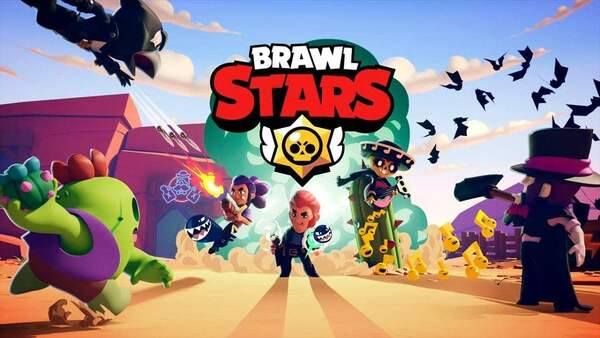
The issue is not limited to high-level players. New players often get discouraged quickly due to matchmaking problems. When newcomers are placed in matches with smurfs or overly experienced players, they face repeated defeats without understanding why. This drives churn and lowers retention.
A better onboarding experience, more forgiving matchmaking for beginners, and early protection from trophy loss would allow new players to learn and grow at a healthier pace. Without this, the player base risks stagnation and shrinkage.
The Future of Matchmaking in Brawl Stars
As Brawl Stars continues to evolve with new content and seasonal updates, matchmaking must also evolve. If left unchecked, matchmaking imbalance could lead to a long-term decline in competitive integrity, player satisfaction, and overall engagement.
Supercell has shown in the past that it can make sweeping changes when necessary. The introduction of Power League, Club League, and frequent balance changes shows the team is capable of adapting. Now, it’s time for matchmaking to get the same level of attention.
A transparent explanation of how matchmaking works, regular updates based on player feedback, and experimental testing of new systems would go a long way in restoring confidence among the community.
Conclusion
Matchmaking imbalance is one of the most pressing issues in Brawl Stars today. It affects everyone—from brand-new players to competitive veterans. The overreliance on trophy-based matchmaking, the lack of skill-based systems, and the merging of solo and team queues all contribute to a frustrating and sometimes unfair gameplay experience.
If is to continue thriving as both a casual and competitive game, a rework of the matchmaking system is essential. By listening to the community, testing new systems, and prioritizing fairness over speed, Supercell can ensure that every match feels exciting, balanced, and ultimately—winnable.

